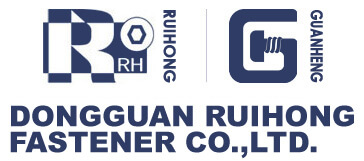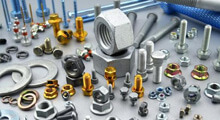Under normal circumstances, in the stainless steel standard parts, the heat treatment of stainless steel screws is determined according to the hardness of the screw itself. Common heat treatments include: tempering heat treatment, chemical heat treatment and local heat treatment. The first two heat treatments are designed for the whole, and that kind of heat treatment is a heat treatment method for partial treatment. No matter which heat treatment method is used, it is very important for the screw itself. Different hardness uses different heat treatment methods. Even if it is the same heat treatment method, the hardness is different, the scale and hardness standard selected are different.
Three heat treatment methods for screws:
1. Tempering heat treatment: Tempering heat treatment is mainly carried out by induction heating or flame heating. You can use two hardness testers to test the hardness of the screw, and then decide which standard heat treatment to use. The two hardness testers are Vickers hardness testers. And Rockwell hardness tester. In addition to the hardness to determine the score, you can also choose from the surface heat treatment thickness. For the unit for processing or using a large number of surface heat treatment workpieces, choose a Vickers hardness tester; when the surface heat treatment hardened layer is thick, Rockwell hardness can also be used count. Different tempering heat treatment standards can be interoperable, because the conversion value is internationally recognized. After the hardness tester is selected, different scales should be selected, namely the HRA scale and the HRC scale.
2. Chemical heat treatment: chemical heat treatment is another heat treatment method for screws, which is mainly to make the surface of the workpiece infiltrate one or more of the atoms of chemical elements to change the chemical composition, organization and performance of the surface of the workpiece. This chemical treatment What effect can be achieved afterwards? After quenching and low-temperature tempering, chemical heat treatment can make the surface of the workpiece have high hardness, wear resistance and contact fatigue strength, and the core of the workpiece has high strength and toughness.
3. Local heat treatment: According to the requirements of different stainless steel screws, not all screws need overall heat treatment, and some screws only need local heat treatment. This is a local heat treatment method. If this kind of local heat treatment requires high local hardness for those parts, induction heating and other methods can be used for local quenching heat treatment. Such parts usually need to mark the location of the local quenching heat treatment and the local hardness value on the drawing.

 Ali Mall
Ali Mall



